Say what you will about kit lenses; some are good, some are bad, and some are fine. This lens is among those ‘fine’ lenses, they do the job, but there’s nothing special about the Canon 28-80mm f/3.5-5.6 II, but it does a good job and does what it says on the tin. And while I did not go into this with a good view of the lens expecting troubles at open apertures or softness at the 80mm focal length. But the lens had none of these common elements I’ve found on other kit lenses, which is certainly surprising.
Lens Specifications
Make: Canon
Model: Zoom Lens EF 28-80mm 1:3.5-5.6 II
Focal Length: 28-80mm
Focal Range: ∞ – 0.38m
Aperture: f/3.5 – f/22 (28mm), f/5.6 – f/38 (80mm), 5 Blades
Structure: 10 Elements in 10 Groups
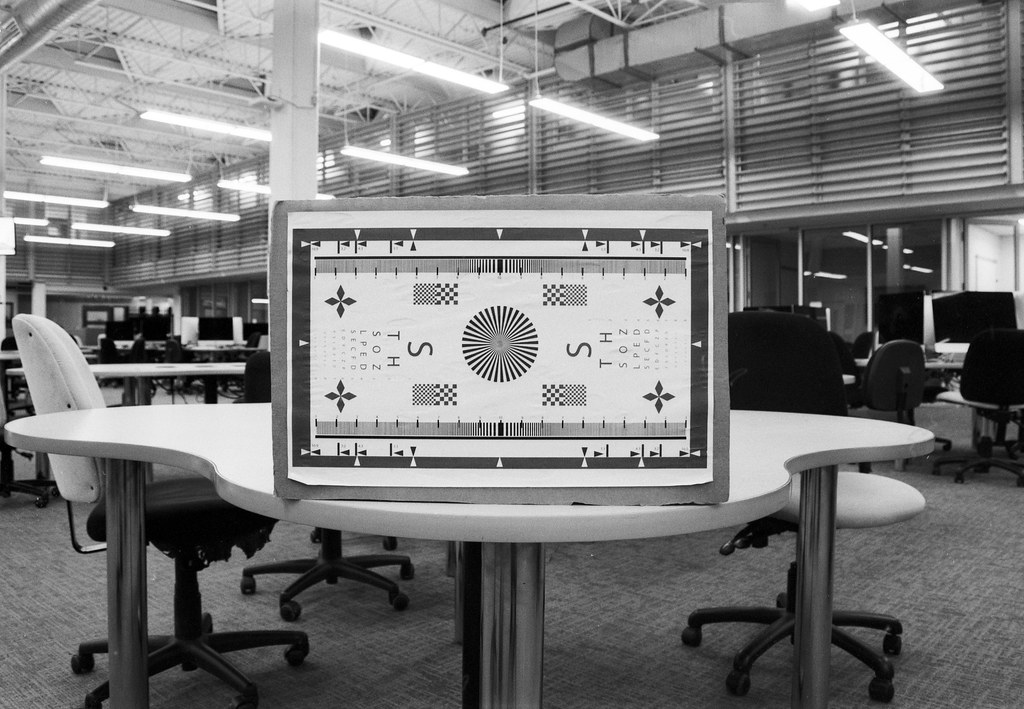
Canon EOS Elan IIe – Canon Zoom Lens EF 28-80mm 1:3.5-5.6 II – Ilford Delta 100 @ ASA-100 – Adox FX-39 II (1+9) 7:00 @ 20C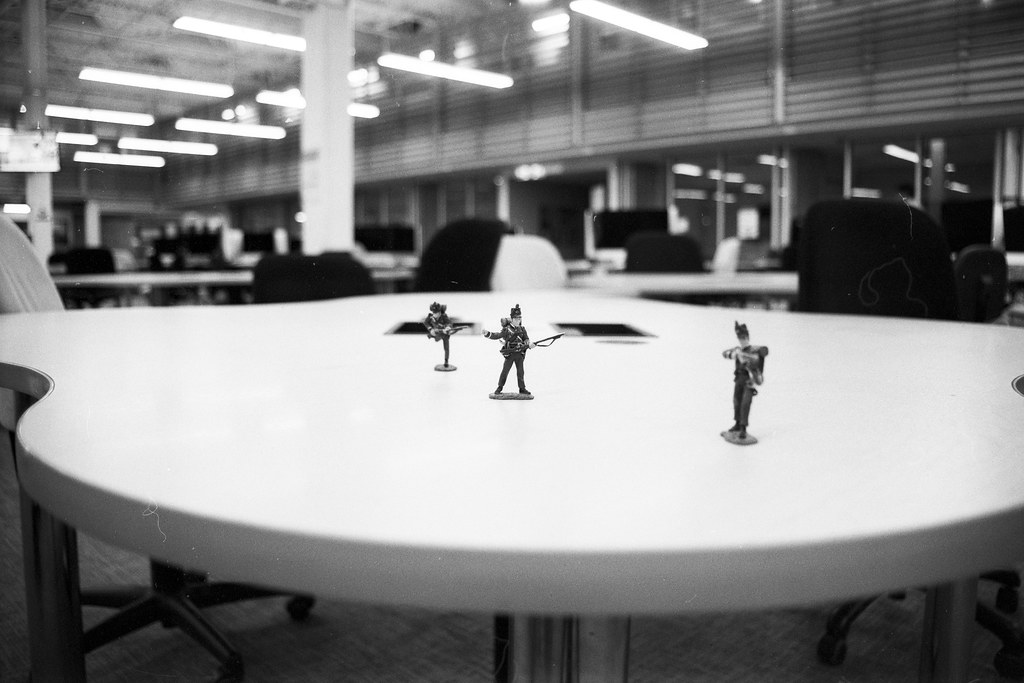
Canon EOS Elan IIe – Canon Zoom Lens EF 28-80mm 1:3.5-5.6 II – Ilford Delta 100 @ ASA-100 – Adox FX-39 II (1+9) 7:00 @ 20C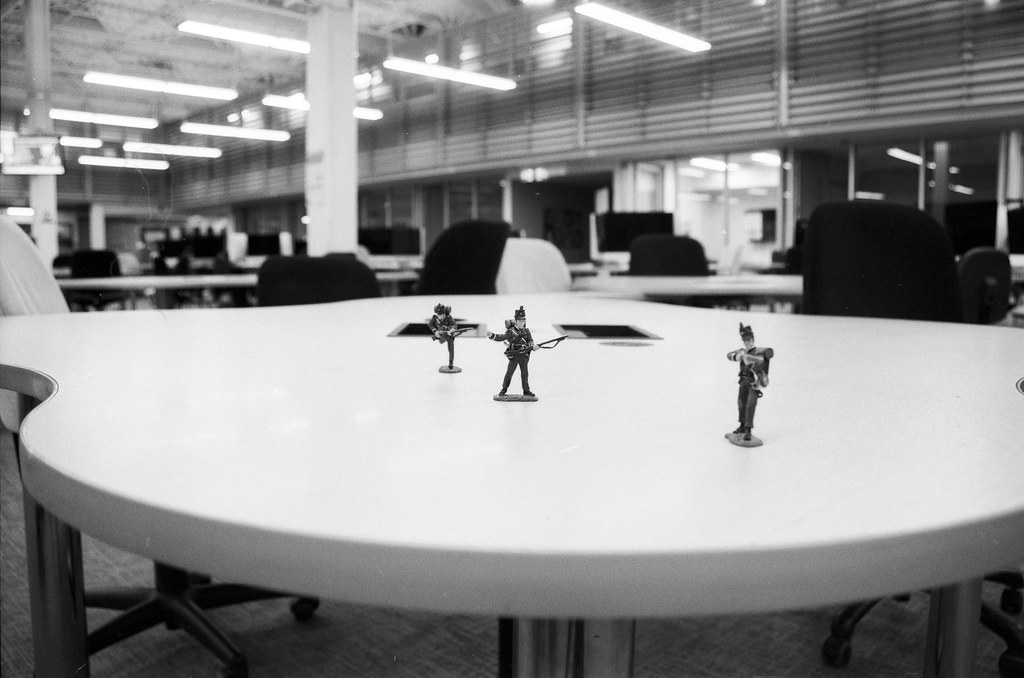
Canon EOS Elan IIe – Canon Zoom Lens EF 28-80mm 1:3.5-5.6 II – Ilford Delta 100 @ ASA-100 – Adox FX-39 II (1+9) 7:00 @ 20C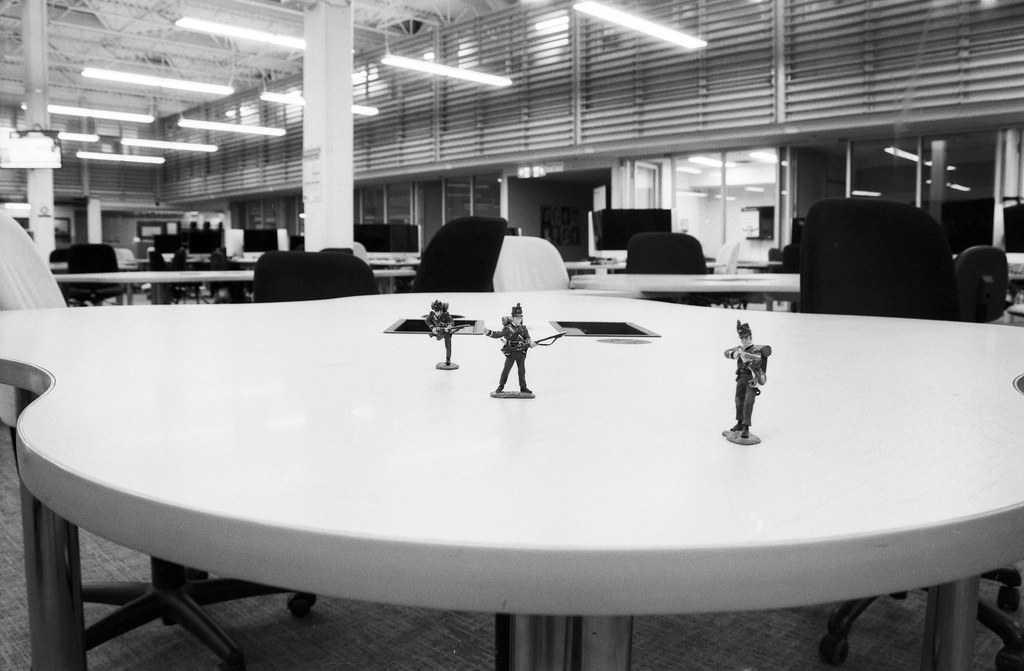
Canon EOS Elan IIe – Canon Zoom Lens EF 28-80mm 1:3.5-5.6 II – Ilford Delta 100 @ ASA-100 – Adox FX-39 II (1+9) 7:00 @ 20C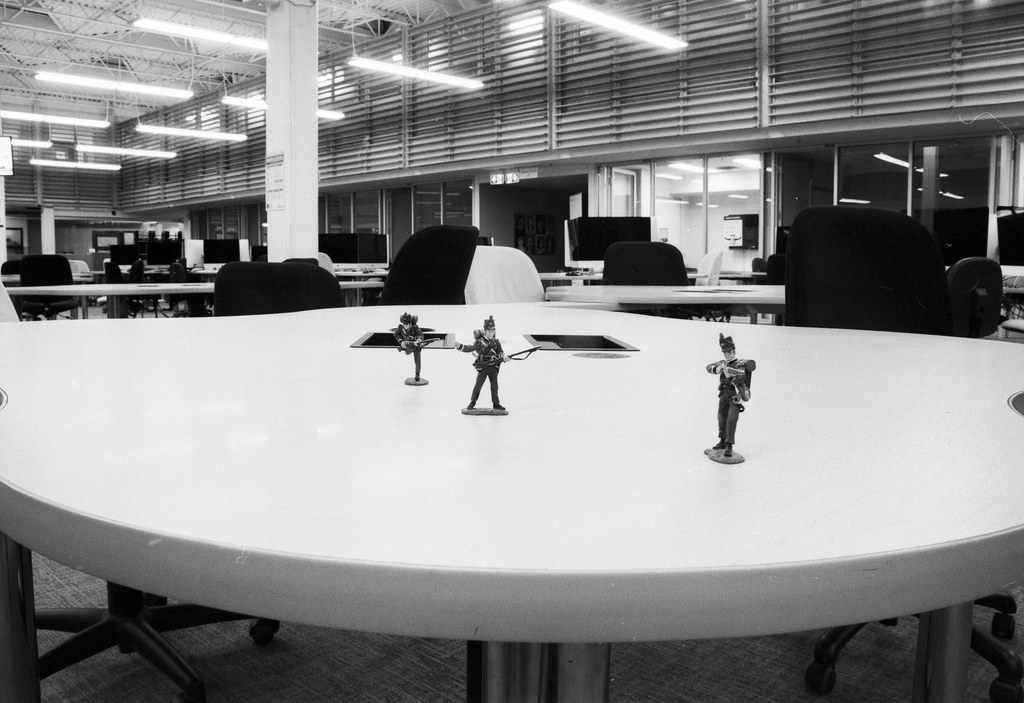
Canon EOS Elan IIe – Canon Zoom Lens EF 28-80mm 1:3.5-5.6 II – Ilford Delta 100 @ ASA-100 – Adox FX-39 II (1+9) 7:00 @ 20C
Build Quality
Here is where I have the biggest issue with the lens, the build quality is terrible. But that doesn’t surprise me, either. The lens is made entirely of plastic, save for glass and electronic contacts. And while it does look solid, it feels cheap, but on the plus side, the lens itself is light. It works well on all my Canon EOS cameras, although it seems to fit the best on my EOS 3000 and Elan IIe. Both cameras are plastic and lightweight, and the lens makes them much better to handle. The small light lens might make the cameras more back-heavy on larger and heavier camera bodies. The lens handles well, with the large zoom ring with a clean checkered rubberised coating, and you can move from 28mm to 80mm quickly with a minimum of movement. The lens barrel itself does move in and out depending on the focal point; the front section is The manual focus ring is small and located right at the front element that moves in and out depending on the focal length. You can tell that lens is designed for autofocus only despite being able to focus the lens manually. The one thing is that the autofocus speed is fast and silent no matter which camera you mount the lens on. Another issue is that the front section does rotate when the lens focuses. This isn’t a significant issue for the average photographer, but if you use a static or circular polariser, you must adjust it when you’re focused.
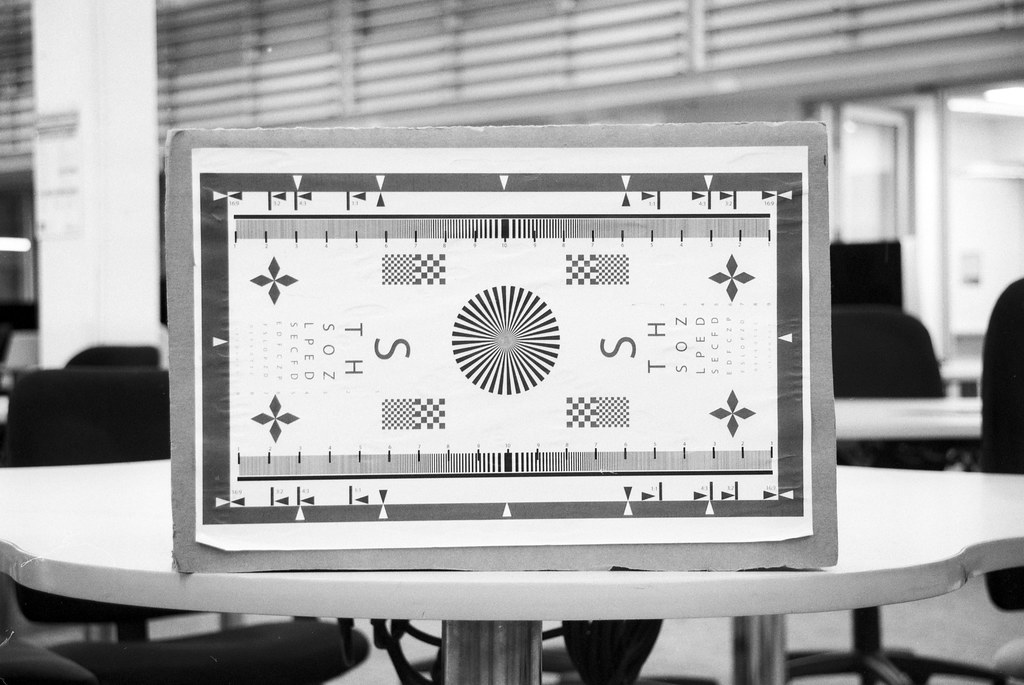
Canon EOS Elan IIe – Canon Zoom Lens EF 28-80mm 1:3.5-5.6 II – Ilford Delta 100 @ ASA-100 – Adox FX-39 II (1+9) 7:00 @ 20C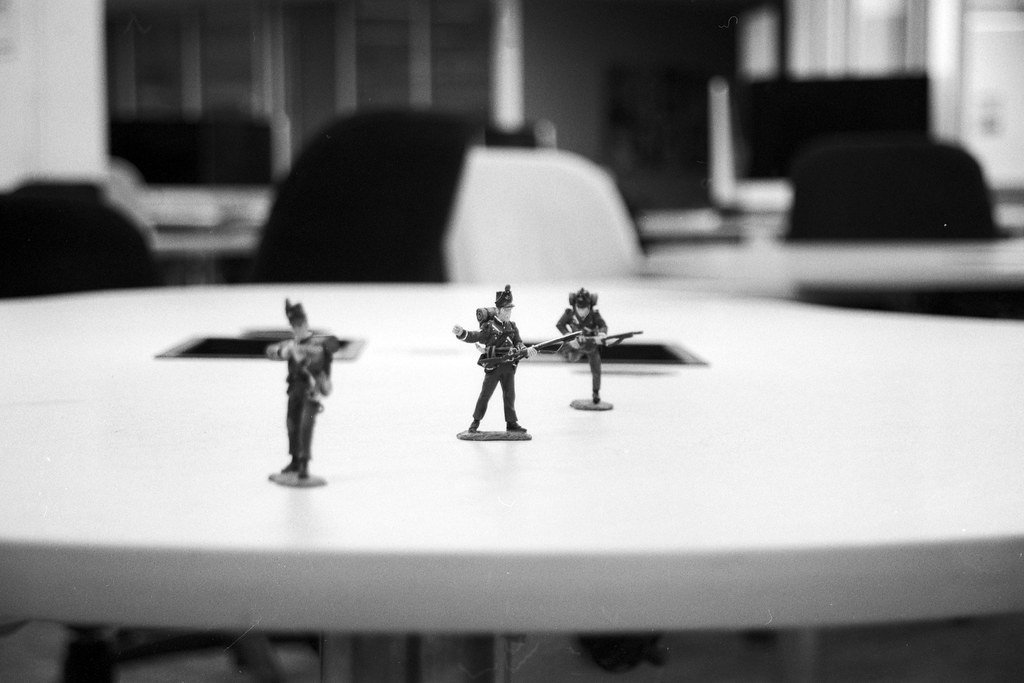
Canon EOS Elan IIe – Canon Zoom Lens EF 28-80mm 1:3.5-5.6 II – Ilford Delta 100 @ ASA-100 – Adox FX-39 II (1+9) 7:00 @ 20C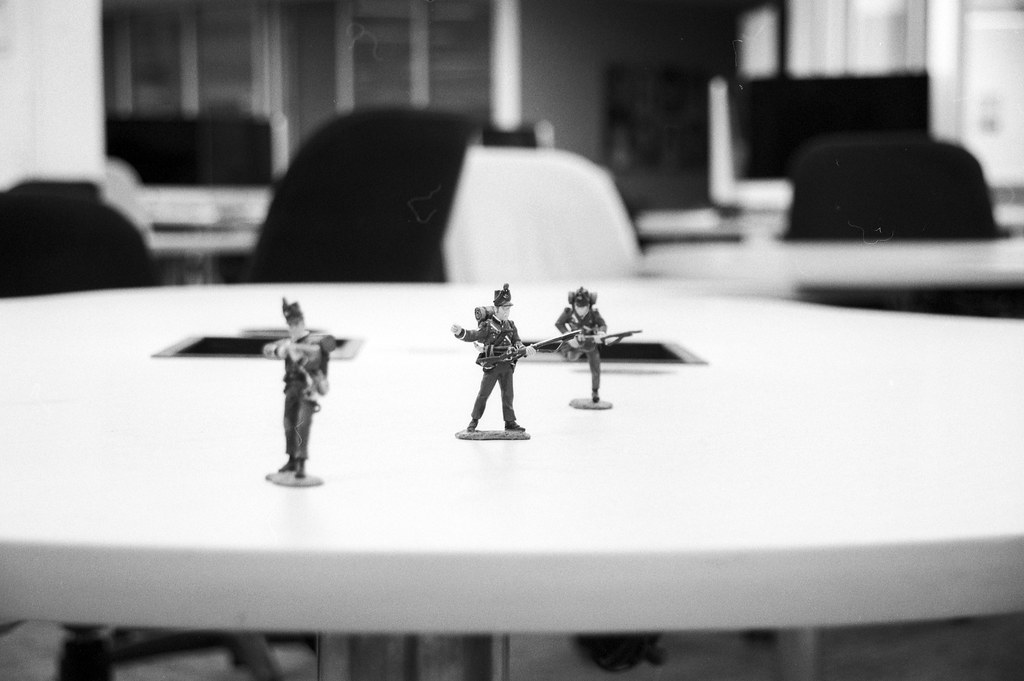
Canon EOS Elan IIe – Canon Zoom Lens EF 28-80mm 1:3.5-5.6 II – Ilford Delta 100 @ ASA-100 – Adox FX-39 II (1+9) 7:00 @ 20C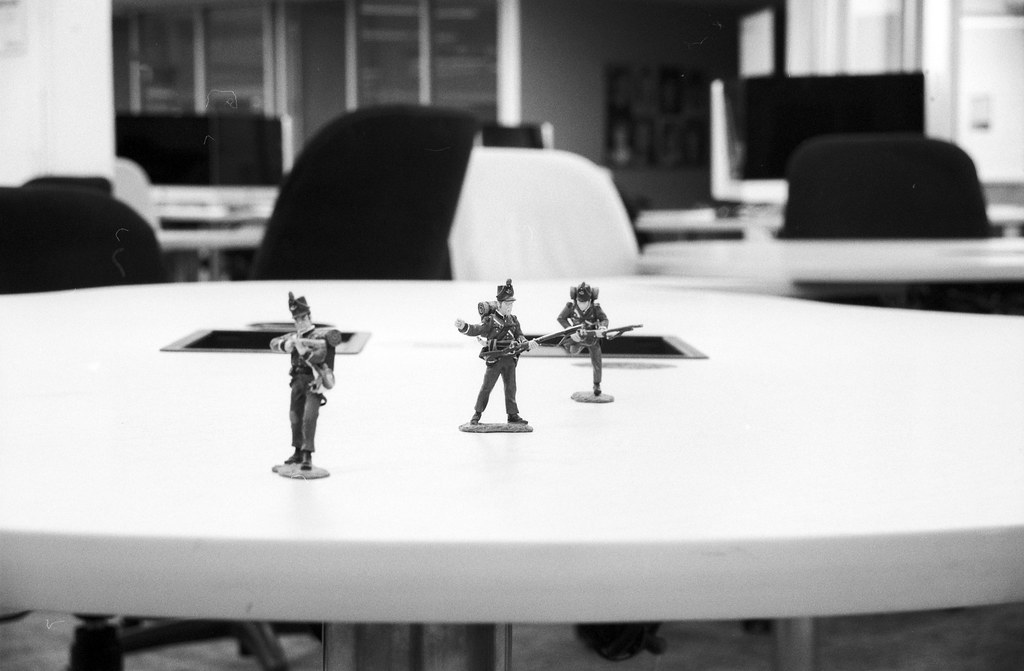
Canon EOS Elan IIe – Canon Zoom Lens EF 28-80mm 1:3.5-5.6 II – Ilford Delta 100 @ ASA-100 – Adox FX-39 II (1+9) 7:00 @ 20C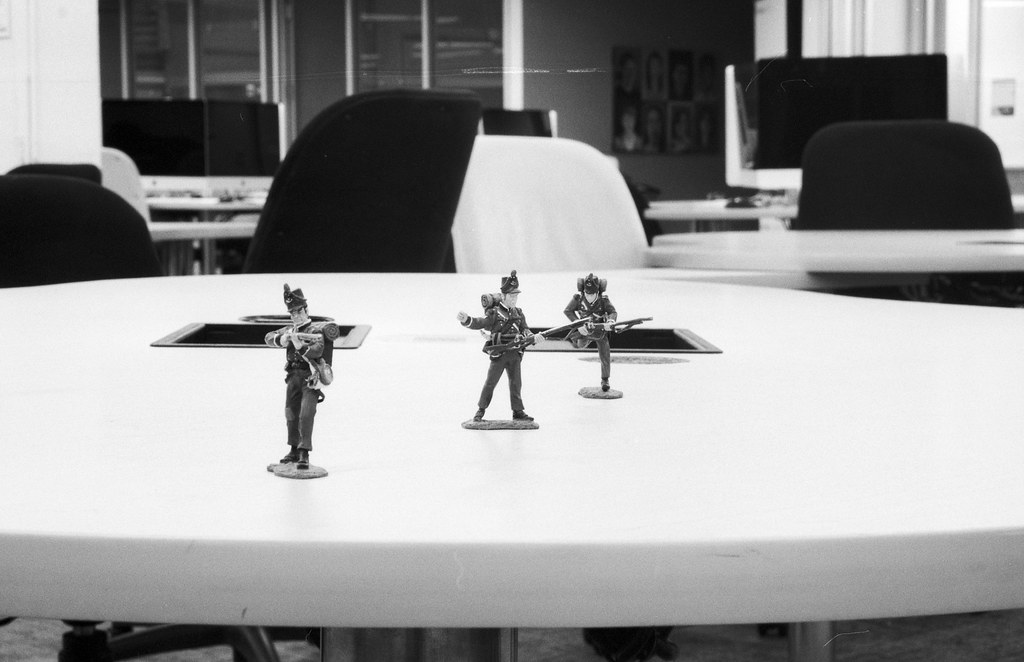
Canon EOS Elan IIe – Canon Zoom Lens EF 28-80mm 1:3.5-5.6 II – Ilford Delta 100 @ ASA-100 – Adox FX-39 II (1+9) 7:00 @ 20C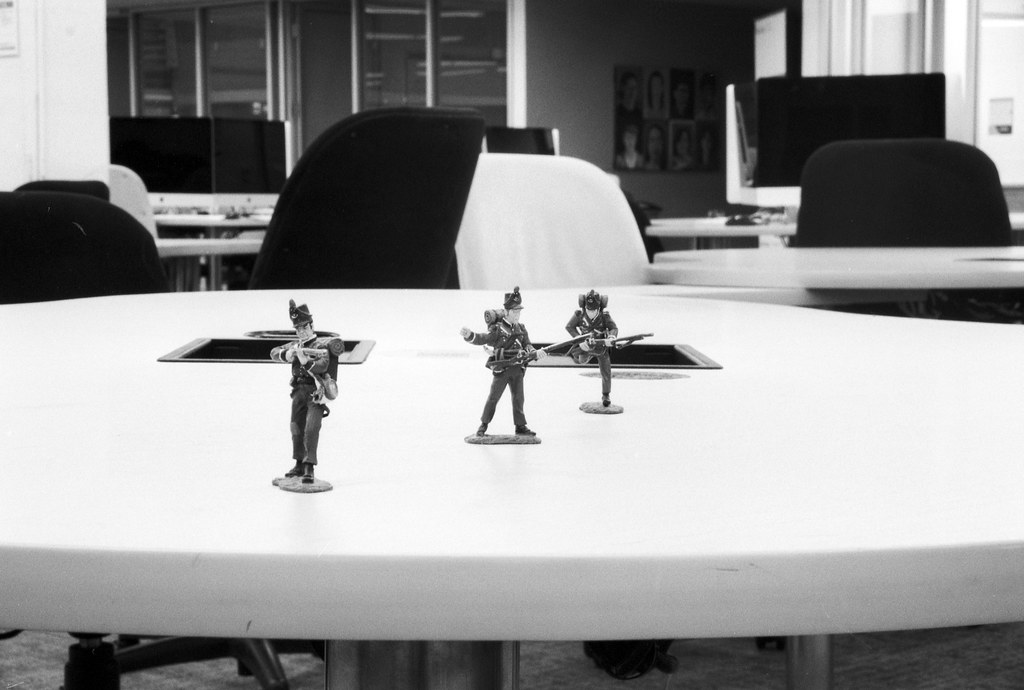
Canon EOS Elan IIe – Canon Zoom Lens EF 28-80mm 1:3.5-5.6 II – Ilford Delta 100 @ ASA-100 – Adox FX-39 II (1+9) 7:00 @ 20C
Image Quality
Here’s where the lens surprised me the most. The image quality isn’t what I expected from a kit lens; it’s decent when looking at the optical elements. First, there is only slight distortion when you’re at the 28mm mark and none when you get beyond the 50mm mark. The lens also maintains excellent sharpness, from 28mm to 80mm. I expected a softer image when shooting at the 80mm length, especially when wide open at f/5.6. And while some people will look down on this lens for being slow, it does help in a couple of ways. First, even when shooting wide open (f/3.5), no fall-off or vignetting is at your corners. And for a 28mm lens, f/3.5 is pretty decent; I love my Nikkor 28mm f/3.5! And while f/5.6 isn’t fast for the 80mm side, you also get no vignetting or fall-off. The out-of-focus rendering is okay, nothing special, but there’s no ghosting around the edges. But the biggest surprise is how sharp the lens is at any focal length; I was prepared for some softness when shooting wide open, especially at the 80mm mark. But the images speak for themselves; while it’s still a little soft at f/3.5, things get tack sharp once you start to stop down to f/5.6.
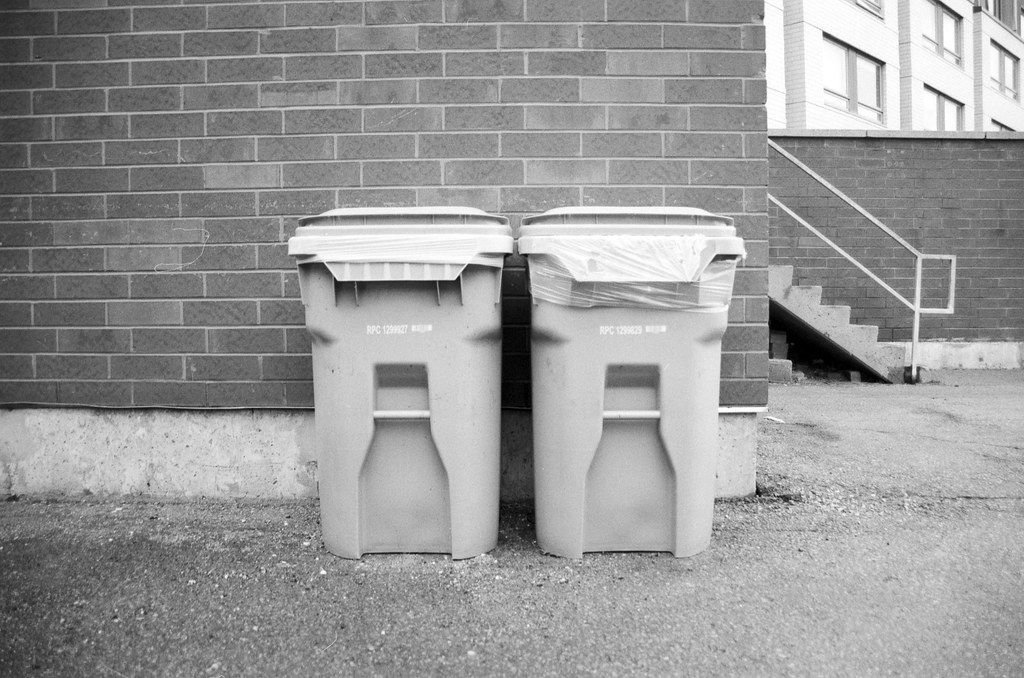
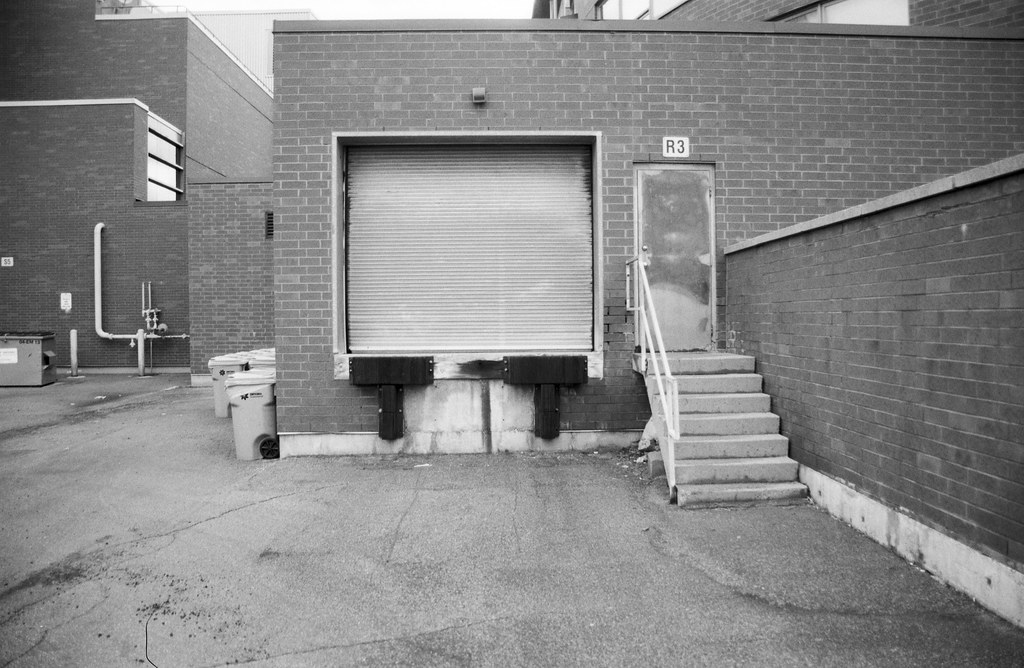
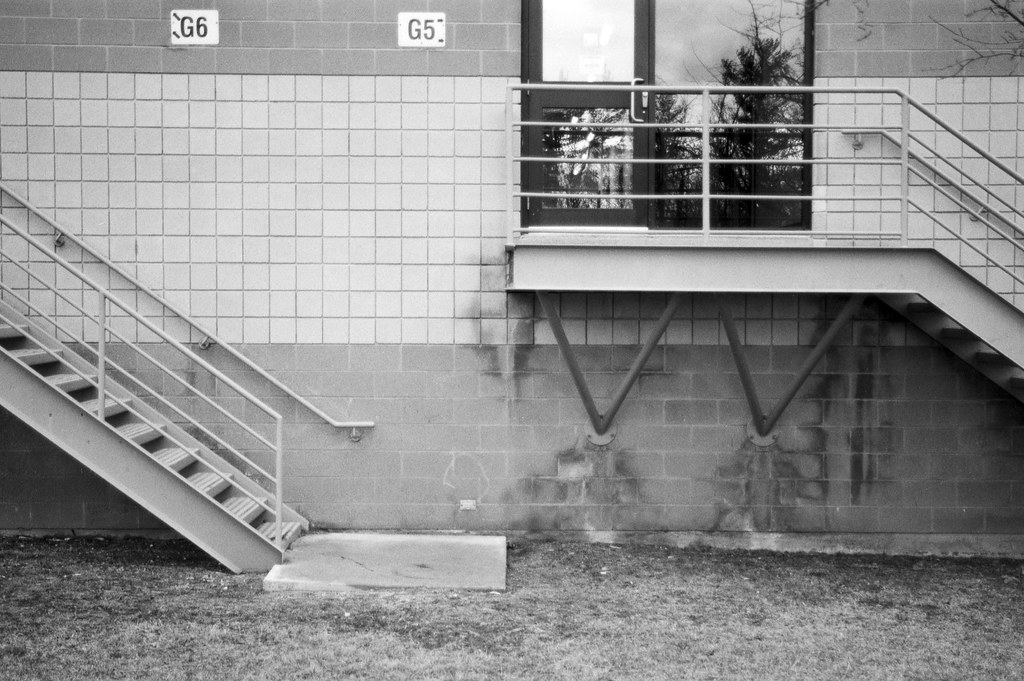
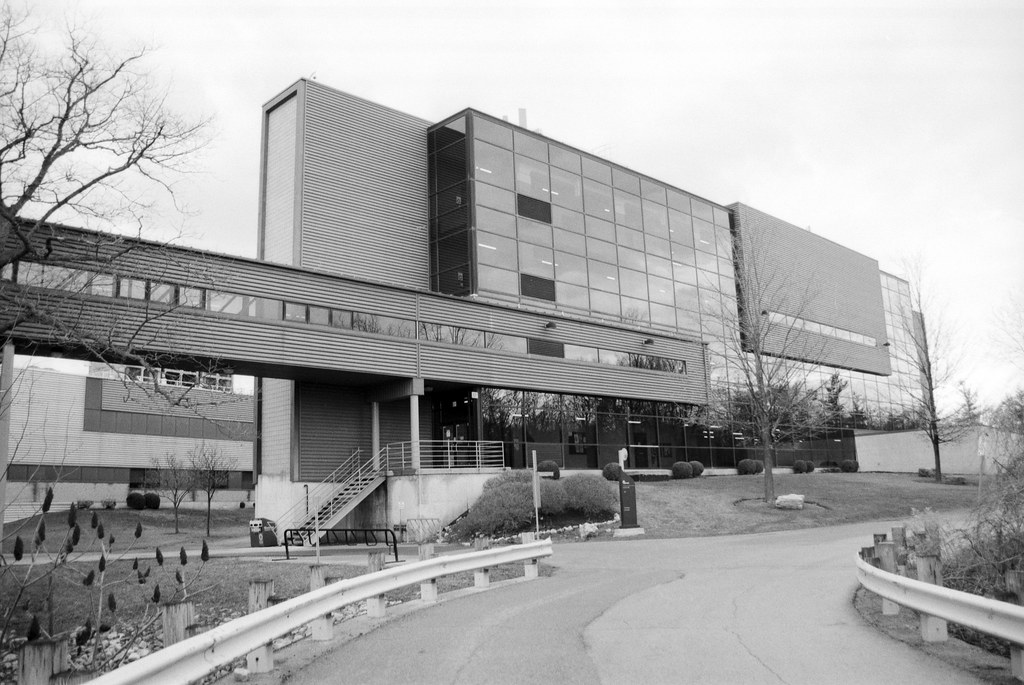
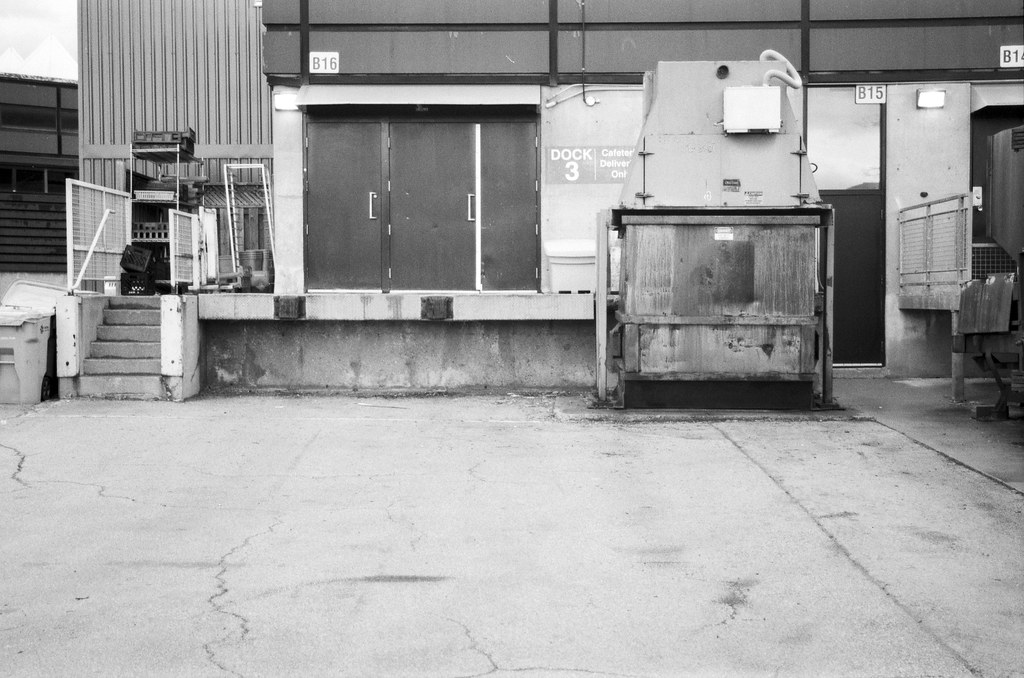
Applications
If you’re getting started with the Canon EOS system, this lens will suit you, especially if it’s the only one you can get your hands on for a reasonable price. While there are some inexpensive options, this lens will familiarise you with the EOS system without breaking the bank. While it will work on Canon digital and film cameras, this lens is more at home with full-frame systems, 35mm and full-frame sensor digital cameras. Because the 28mm will become a 45mm lens at the wide point, and while I don’t knock a 45mm lens when you want that do-most-things lens, 45mm won’t cut it. This is a lens that will do most things in an okay manner. It wouldn’t be one I take out to a paid job, but I probably would take it if I needed a knock-around lens to capture family moments at Disney on film when paired with the EOS 3000. The minor compact nature of the lens with the 3000 makes for a good family trip camera combination. Best used in outdoor settings or with a flash for indoor work. It’s a kit lens, don’t expect too much from it.
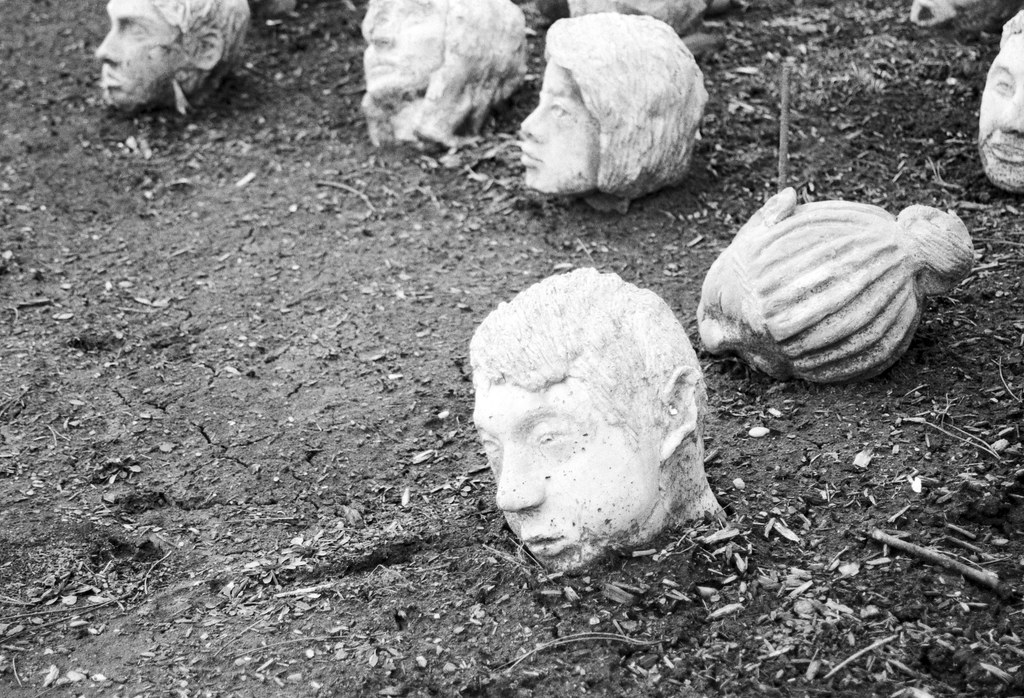
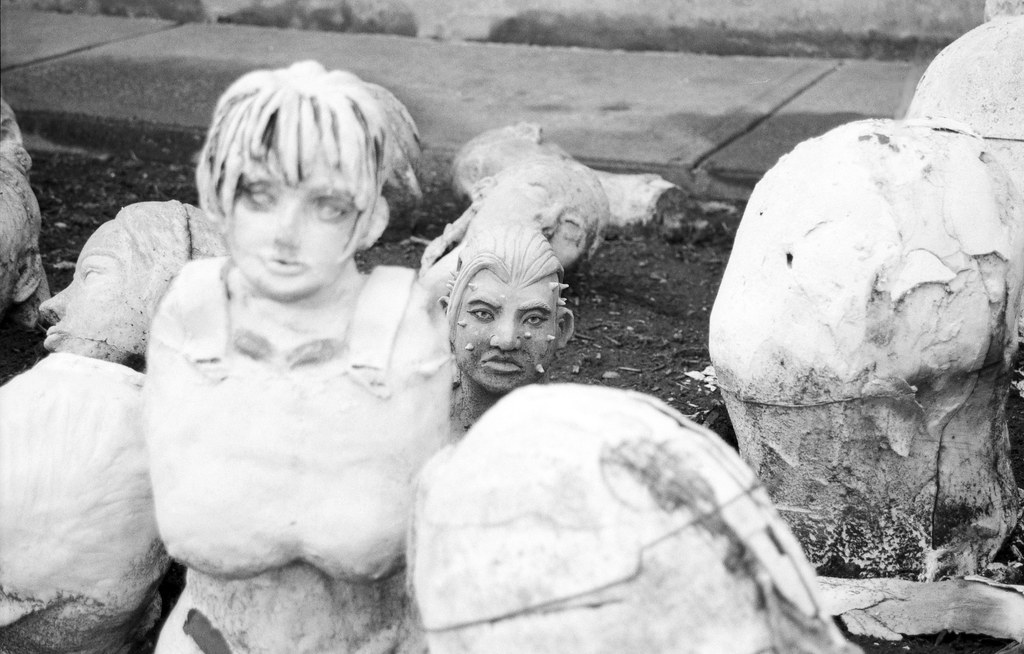
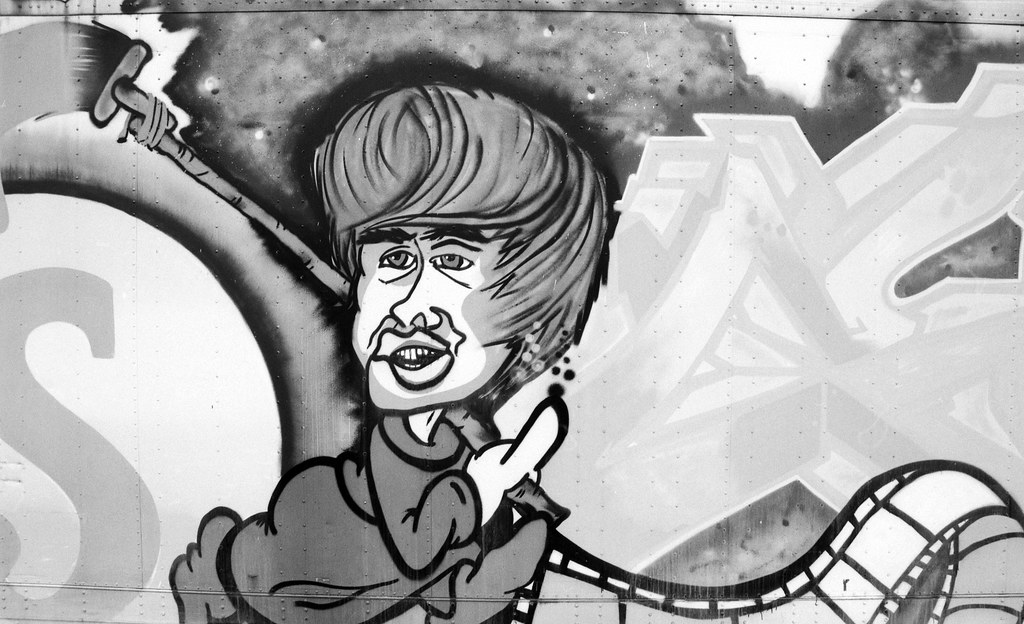

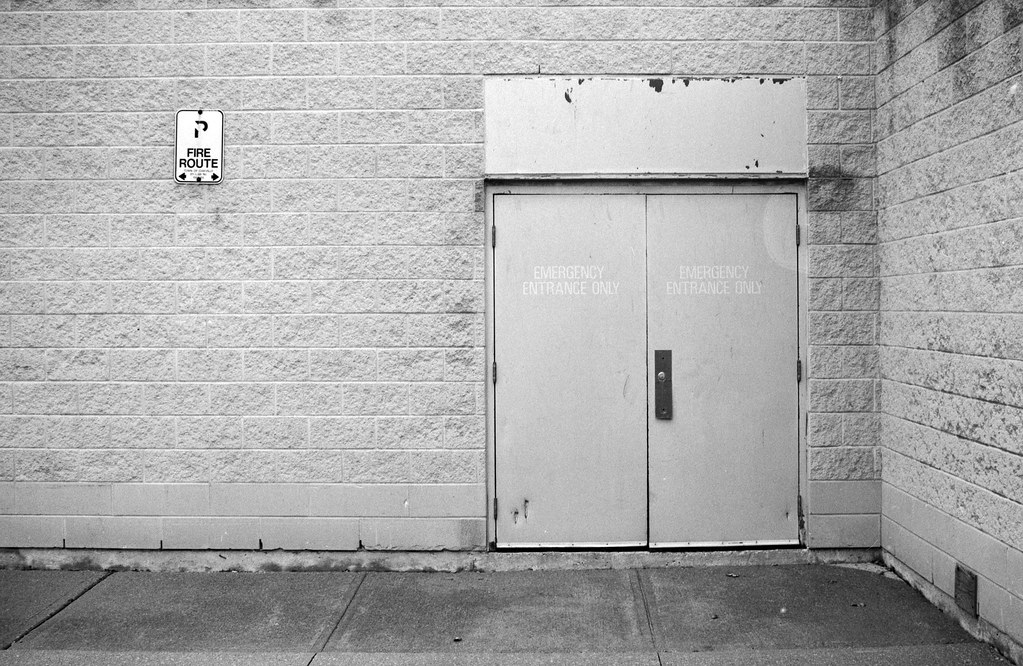
The Low Down
This lens is fine, and that’s all I can say about it, don’t expect too much from it, but it will serve you well. Use it as a lens for family trips or to help someone get into photography. While I may still replace it when I can find something more elevated (28-105 USM, for example) but until then, I’ll keep this lens in my tool kit, especially at family vacations where bringing a more involved film camera may not be the best idea. The lens certainly surprised me with the lack of less desirable but more common quirks of a kit lens that are not present in the design. And surprisingly affordable, with most going for about 60$ on the used market. Now there is an older model and five different USM versions of the lens. If you are going for the USM copies, try to find a second or third version which includes aspherical elements. And surprisingly, I would recommend this lens and would certainly not suggest replacing it immediately if it came with an EOS body, as it is undoubtedly better than the lens I’ll be reviewing next month.
Further Reading
Don’t just take my view on the Canon 28-80mm; check out these other reviews.
The Digital Picture – Canon ES 28-80mm f/3.5-5.6 II Lens Review
Radojuva – Canon Zoom Lens EF 28-80mm 1:3.5-5.6 II Review

Will this lens fit my X-A5 and would you recommend it ?
Hi! I’m going to assume you’re talking about the Fuji X-A5 mirrorless, the lens mount is an EF-Mount designed for Canon Full-Frame SLRs (EOS) but will work on Crop Sensor SLRs. You can get an EF to FX adapter from K&F concepts that will allow full function (even AF) on your X-A5. However, I would not recommend it for your camera, it’s not the best especially on a crop-sensor body.